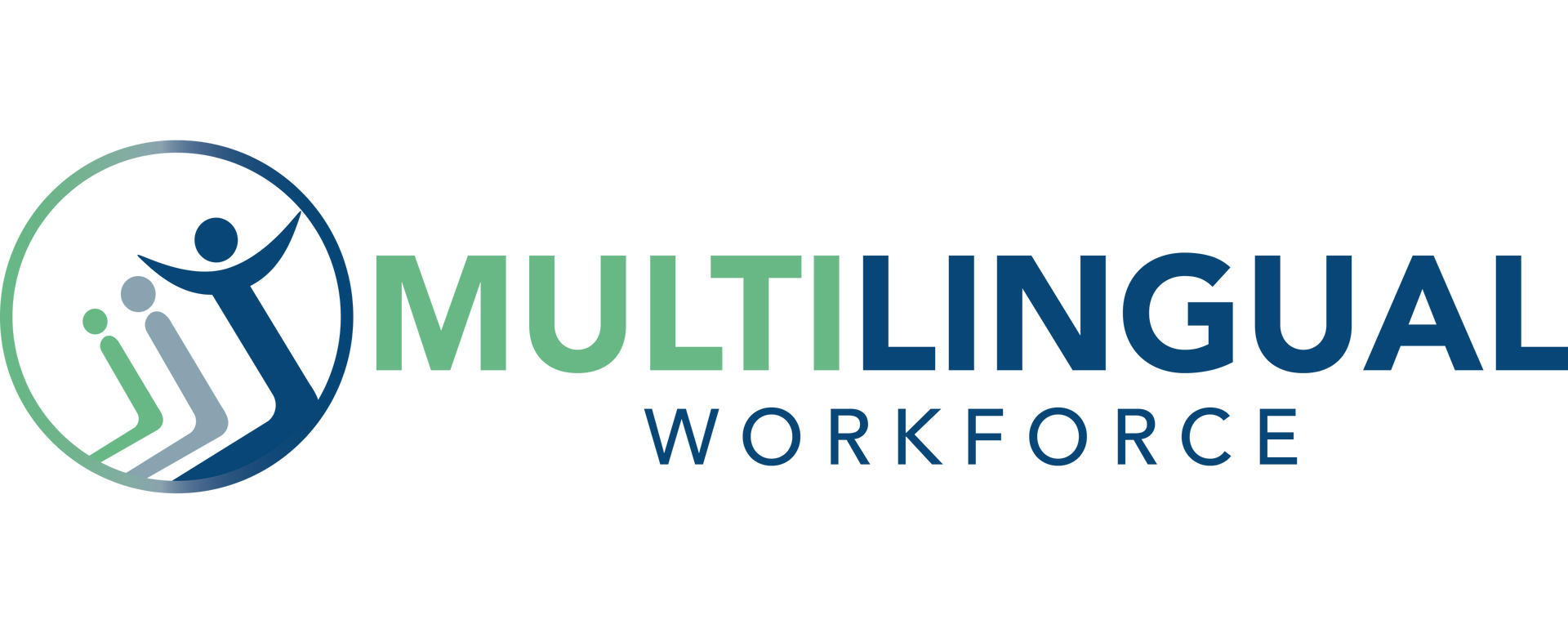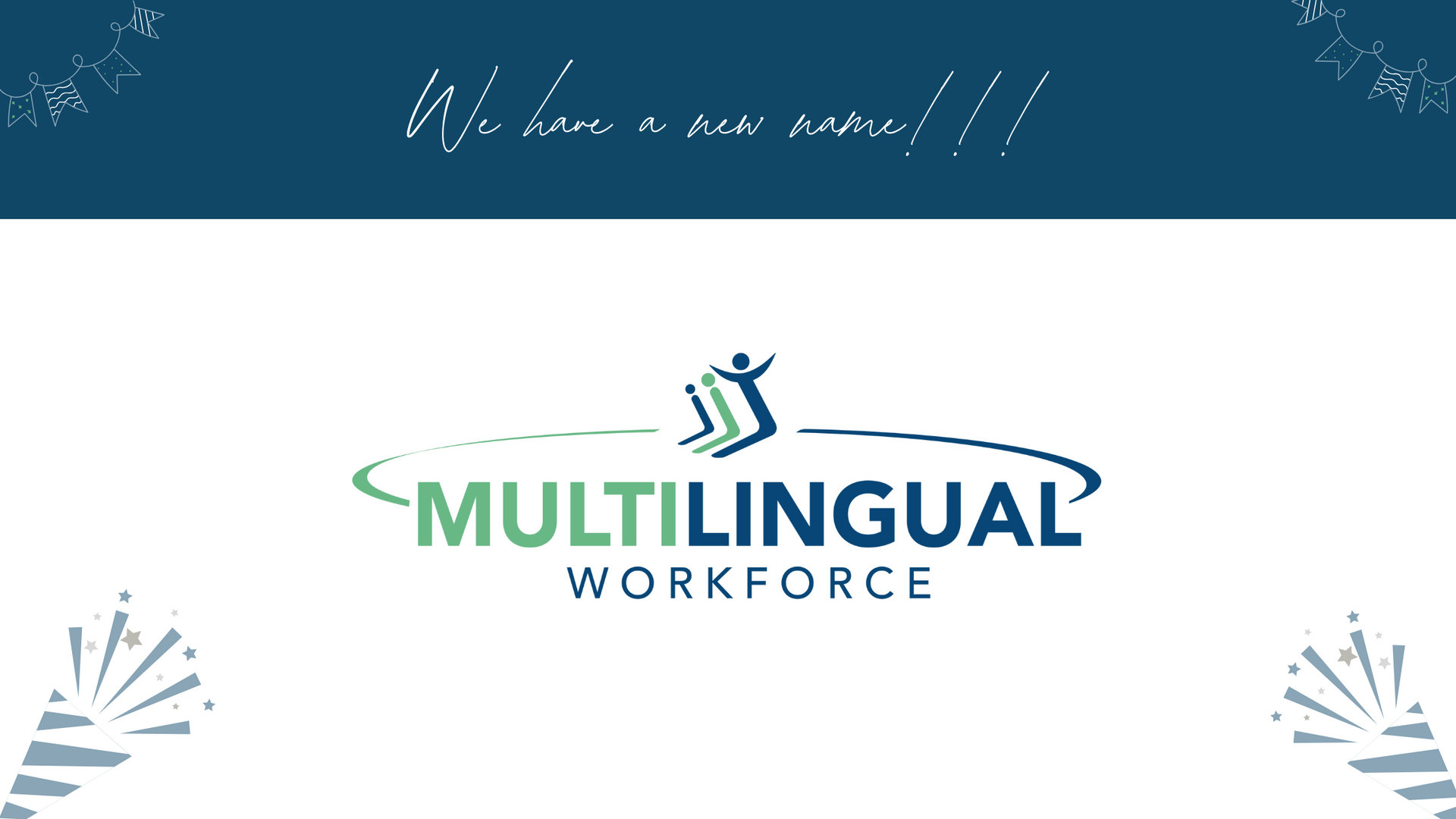The Negative Side of Too Much Translation
Comparing Two Supervisors: Language Barriers and Workplace Culture
Picture this: At ABC Company, a portion of their workforce speaks Spanish as their first language, and has limited ability to speak or understand English. In a tour of their facility, you come across two different supervisors who are handling the language barrier in two different ways. Which of these two supervisors do you think positively impacted their company’s workplace culture, and which do you think had a negative impact?
Supervisor A: Half of the employees this supervisor oversees only speak English, while the other half speak only Spanish. To keep things running efficiently, this supervisor split the group and has one production line for each language group. With this setup, the two groups of employees rarely interact with each other and can just talk to themselves in their own language. Supervisor A has limited Spanish-speaking abilities, so when he needs to communicate instructions to the Spanish-speaking employees, he asks a bilingual colleague to come and share the instructions with the employees. Overall, the employees seem guarded and uncertain. The ESL employees seem hesitant to approach their supervisor, and little talking or collaboration is happening in the room.
Supervisor B: Supervisor B also oversees employees who speak English primarily and others who speak Spanish. Instead of separating them into production lines that speak the same language, this supervisor decided to keep all employees mixed together. They invested some time in teaching everyone some hand signals to communicate across the language barrier. Even though they speak different languages, as supervisor B looks around the room, they see employees interacting with each other through their hand signals, and teaching each other basic words in the other language. Some English-speaking employees are learning Spanish words, and some Spanish-speaking employees are practicing English words. There is a sense of camaraderie and fun, and employees seem at ease when working with others from a different culture.
Based on these descriptions, which room might have higher employee engagement and retention? Which supervisor is positively impacting ABC’s company culture? Which team is poised for employee growth and improvement?
How Over-Reliance on Translation Can Undermine Company Culture
The Limits of Translation Apps and Services
When translation is the main tool in bridging language barriers, supervisors, employees, and company culture can become dependent on it. Learning to communicate across a language barrier is a learned skill, and requires the ability to gather meaning from what someone is saying based on their body language, hand motions, and other nonverbal signals. As employees practice this, both native English speakers and non-native English speakers improve their communication skills, and become better at interacting and communicating with those from other cultures. However, if translation through an app or a person is what is relied upon for communication, native English speakers and non-native English speakers don’t have the opportunity to improve at communicating with each other and those from different cultures.
Barriers to Employee Advancement and Organizational Growth
Relying on and overusing translation limits the growth of a company. People who don’t speak English are not able to advance in the company because of the language barrier. Even if they bring valuable skills from their education, training, or past job experience from their home country, they can’t move into other roles or leadership positions because of the inability to communicate with higher-ups, who likely only speak English. If a company does not figure out a way to bridge that language barrier, it runs the risk of limiting itself to a certain way of operating.
Strategies to Foster Communication Across Language Barriers
There are many ways a company can help bridge the language barrier by providing opportunities for employees to interact and connect:
- Food: Provide opportunities for employees to bring in food from their home countries and share it with one another.
- Holidays and Celebrations: Related to food, celebrate holidays or things related to cultures or countries so that other people represent their cultures and feel seen in the workplace. This can be an opportunity to learn something about someone else's culture and the ways that they celebrate. Most importantly, it shows that your company and its leadership have a genuine interest and curiosity in other people's cultures and what they do.
- Learning the Language: This applies to both employees who don't speak English and those who do. So, ESL employees are learning to speak English, and English employees are learning some of the language of their coworkers. Whether it’s through hand signals, or bulletin boards that have both the English word and Spanish word for the same item or concept, it allows all employees to learn and build a sense of comradery.
- Encourage English Language Growth: Offer ESL classes, help people learn English, and train supervisors on how to encourage English language growth from employees.
- View English as the First Step in Career Pathways: Each employee should know what they’re working on and towards within a company, and what opportunities lie ahead of them. To accommodate employees who don’t speak English well, ensuring that learning English is the first step in their career pathway allows your company to support them in their growth and advancement.
If you’re looking to move beyond translation and bridge language barriers in ways that will improve your company culture, start with these actionable items. At Workplace Talent Solutions, we’re passionate about providing the training that allows supervisors, leaders, and employees to communicate across a language gap. Reach out to us and we can help you explore what makes the most sense for your employees and your company.
Further Reading:
The Benefits of Career Pathways: A Gateway to Success for All Employees
Confidence: The Key To Effective Language Learning
Lost Potential: How Language Barriers Lead to Underemployment for Skilled Immigrants












